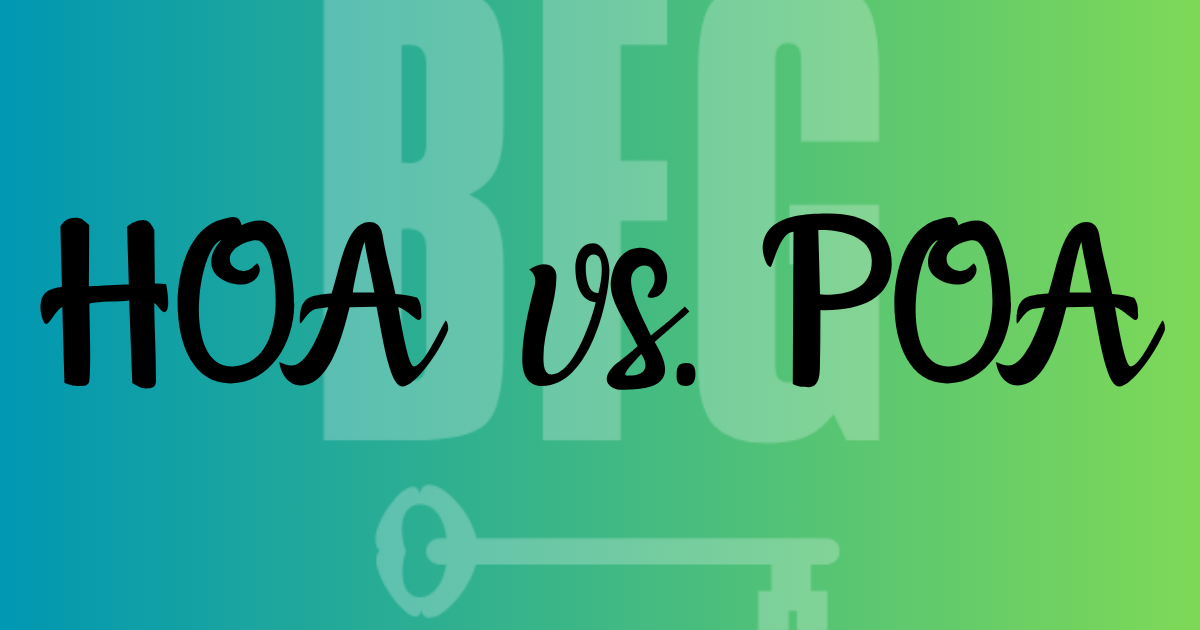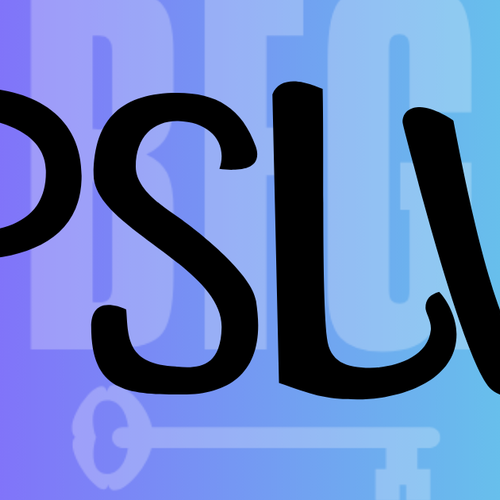A No-Nonsense Guide for Buyers, Sellers, and Landowners
If you’ve been shopping for homes or land in Colorado, chances are you’ve come across both HOAs (Homeowners Associations) and POAs (Property Owners Associations).
They sound similar. They often do similar things. But in practice? The differences can matter—a lot.
At Big Frontier Group, we walk clients through the real-world impact of HOAs and POAs every week, especially in rural and mountain communities where landowners want freedom, but also need clarity.
Here’s what you need to know to make smart decisions when buying or selling in Colorado.
🏡 What Is an HOA (Homeowners Association)?
An HOA is a formal legal entity created to manage a residential subdivision, condo complex, or planned community.
In an HOA:
You automatically become a member when you buy
You pay monthly or quarterly dues
You agree to follow Covenants, Conditions, and Restrictions (CC&Rs)
The board can enforce rules, issue fines, and even place liens
Common in:
Suburban neighborhoods
Townhome and condo developments
Master-planned communities
If you want a well-manicured, highly regulated community—this might be a fit.
If you want chickens, goats, or a non-standard fence—read the rules carefully.
🌲 What Is a POA (Property Owners Association)?
POAs are usually less formal, especially in rural Colorado. They’re often formed by landowners to manage:
Road maintenance
Shared wells or infrastructure
Gate access or signage
Community events or fire mitigation plans
Unlike HOAs, a POA:
May have voluntary dues or very low annual fees
May not enforce design restrictions
Could be inactive or loosely organized
Often operates with limited power to enforce anything
Common in:
Mountain subdivisions
Remote land developments
Off-grid or legacy ranch communities
A POA can give you loose community support without sacrificing freedom—but only if it’s well organized.
🚧 What About Road Maintenance and Shared Resources?
This is where POAs really matter.
In many rural Colorado areas, especially in Costilla, Huerfano, Fremont, or Custer Counties, there are miles of private roads—and someone has to pay for them.
Some POAs charge annual dues (e.g. $75–$250) just to maintain drivable access, especially after snow, runoff, or erosion.
Ask upfront:
Are roads maintained year-round?
Are dues required or voluntary?
What happens if someone doesn’t pay?
📜 How to Research an HOA or POA Before You Buy
Before going under contract:
Ask your agent for CC&Rs, bylaws, and financials
Visit the community website or POA Facebook page
Talk to locals or neighbors
Look up the association on the Colorado Secretary of State website (if registered)
Don’t assume a POA is inactive—or an HOA is active—just by the name. Ask. Verify.
🧱 Final Word: Know Before You Owe
Whether you’re buying land, a cabin, or a home in town—understanding who manages the area and what they enforce is crucial.
At Big Frontier Group, we’ve helped clients navigate:
Strict HOAs with design committees
Laid-back POAs with voluntary dues
Wild West subdivisions with no rules at all
We’ll help you find the right balance of freedom, infrastructure, and community—based on your lifestyle and goals.
🎯 Buying or selling in an HOA or POA community? Let’s talk strategy.


